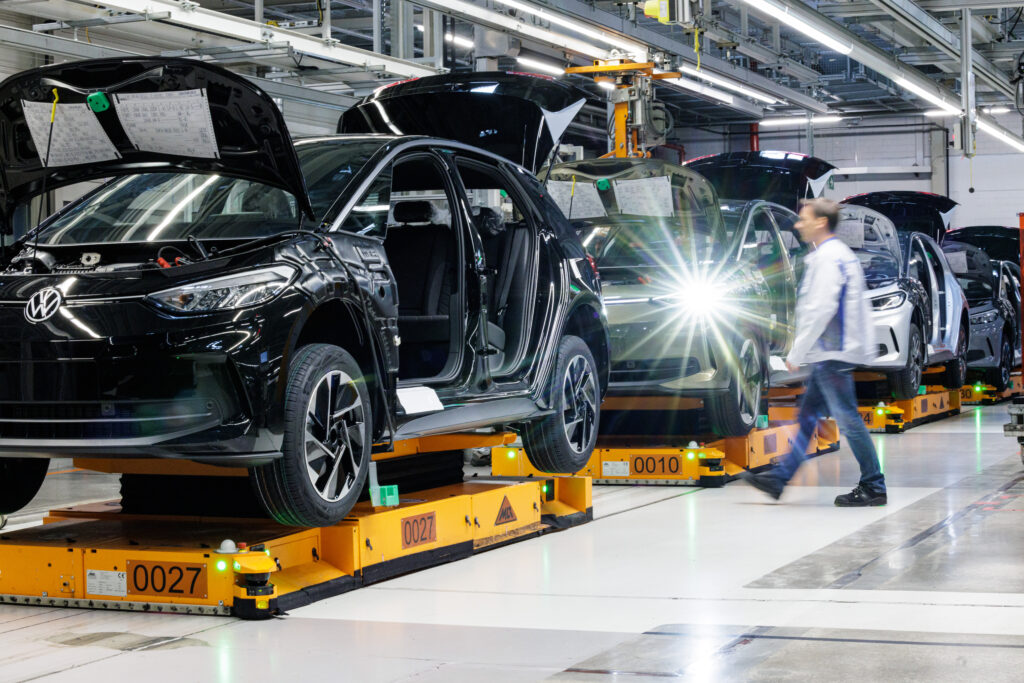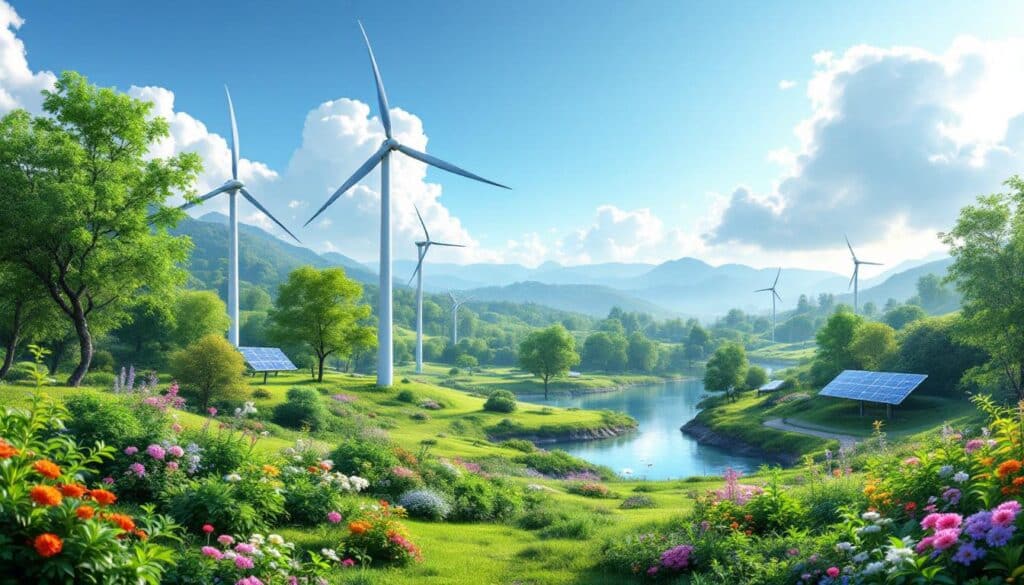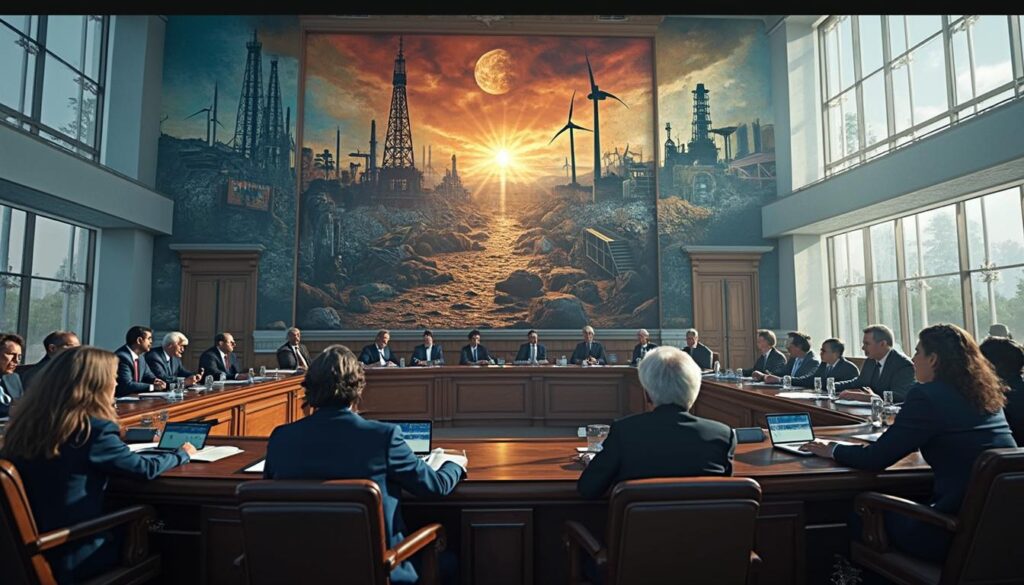
In a bold step forward, Michigan has adopted a new standard requiring electric suppliers to achieve a clean energy portfolio of 80% from 2035 to 2039 and 100% by 2040. However, these ambitious laws on clean energy face a significant obstacle: the peninsula. As the state joins Minnesota and Illinois in their commitment to 100% clean electricity, the unique geography and infrastructure constraints of the peninsula could complicate the achievement of these goals. Meanwhile, a 2023 law reduces the power of local governments to block wind and solar projects, but many challenges remain to be addressed.

Michigan has recently adopted bold laws to transform its energy sector by aiming for a clean energy portfolio of 80% between 2035 and 2039 and 100% beyond. However, this ambitious goal is hindered by the geographical and infrastructural challenges posed by the state’s unique layout, particularly the peninsula. This article examines the various facets of this challenge and the potential solutions.
An ambitious goal for a sustainable future
In a bold step forward, Michigan has adopted a series of laws requiring electric suppliers to achieve a clean energy portfolio of 80% from 2035 to 2039 and 100% by 2040. This initiative places Michigan alongside Minnesota and Illinois, which have also enacted laws aimed at eliminating carbon emissions. Together, these three states seek to decarbonize nearly 10% of total energy consumption in the United States.
The geographical obstacle: The peninsula
One of the main obstacles Michigan faces is the geographical layout of the state, particularly its peninsula. This feature limits the transportation and distribution capabilities of renewable energy. The current infrastructures are not robust enough to support the transition to fully renewable energy sources.
The infrastructural challenges
The transition to clean energy requires massive investments in infrastructure. Although Michigan’s clean energy law aims to reduce carbon emissions, it also allows utilities to continue using natural gas power plants after 2040 to ensure supply security. Michigan’s peninsula, being more isolated, requires increased investments to modernize and expand the electrical grids.
Necessary investments
To overcome these challenges, substantial investments must be made in existing infrastructures to make the transition possible. The state could attract billions in investments in renewable energy, as demonstrated by the IRA law in the United States. These funds would be crucial for developing and implementing the technologies necessary for the efficient distribution of renewable energy throughout the peninsula.
Reducing the power of local governments
Another measure taken by Michigan in 2023 is the reduction of local governments’ power to block wind and solar projects. This initiative allows for faster adoption of renewable energy projects throughout the state, including in the peninsula. However, this measure remains controversial and raises concerns about local autonomy and the management of community impacts.
Innovation and energy decentralization
Territorial governance plays a crucial role in the implementation of these projects. Energy decentralization and territorial innovations can be solutions to overcome geographical challenges. Local initiatives allow for adapting projects to specific regional characteristics, thereby making the transition to clean energy more effective.
The ambitious clean energy laws in Michigan represent a crucial step towards environmental sustainability. Nevertheless, the unique geographical layout of the state, particularly the peninsula, poses significant challenges that must be overcome with investments in infrastructure, adapted territorial governance, and a reduction in the powers of local governments. These measures will ensure a successful and sustainable energy transition.
Michigan’s Ambitious Clean Energy Laws: Obstacles and Benefits
Benefits
- Ambitious standard: 80% clean energy between 2035 and 2039
- 100% goal: Clean electricity after 2040
- Aligned laws: With Minnesota and Illinois
- Increased investments: Attractiveness for renewable energies
Obstacles
- Geography: Peninsula poses network challenges
- Dependence on gas:
natural gas power plants after 2040 - Local opposition: Reduced powers of local governments
- Decentralization: Need for territorial innovations
Les entreprises européennes du secteur des énergies propres s'inquiètent de la présidence Trump
— Brainless Partisans ?☠️☢️☣️? (@BPartisans) August 11, 2024
Les entreprises européennes du secteur de l'énergie verte retardent leurs décisions concernant leurs opérations américaines en raison des craintes croissantes selon lesquelles… pic.twitter.com/UK1s6W6v6E
Articles similaires
Thank you!
We will contact you soon.














